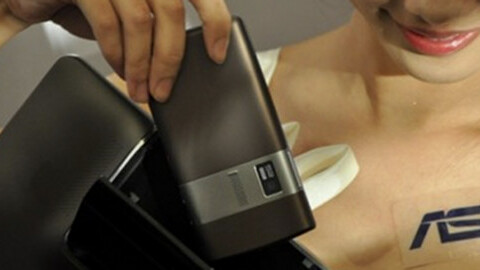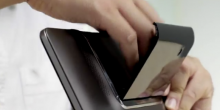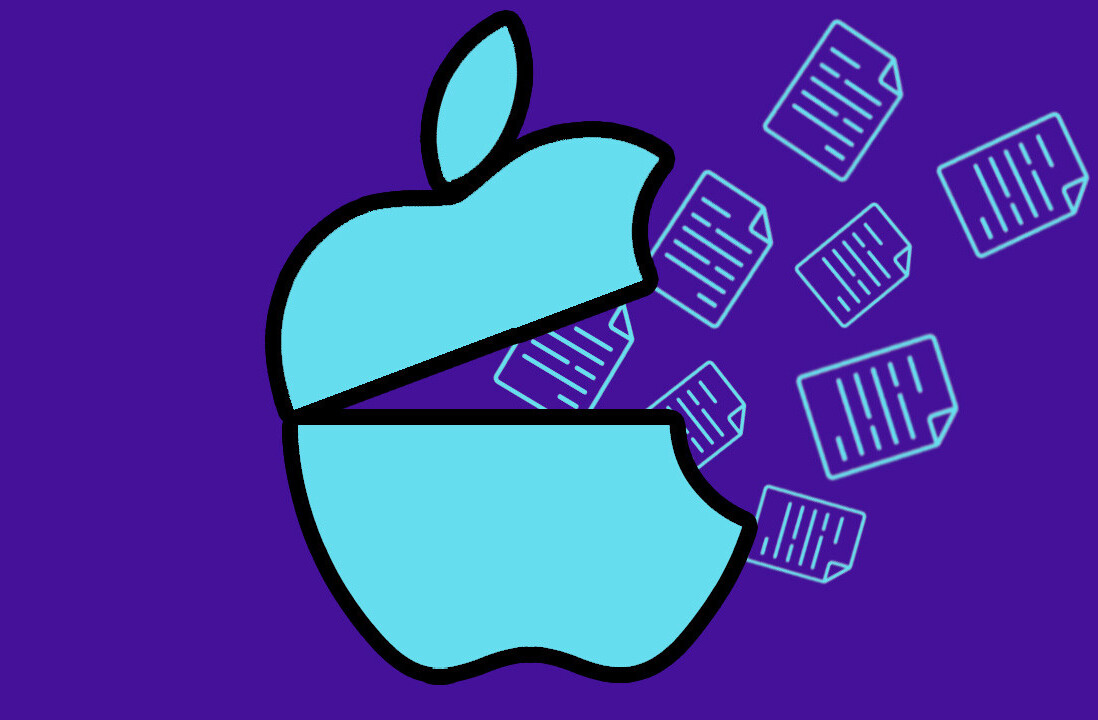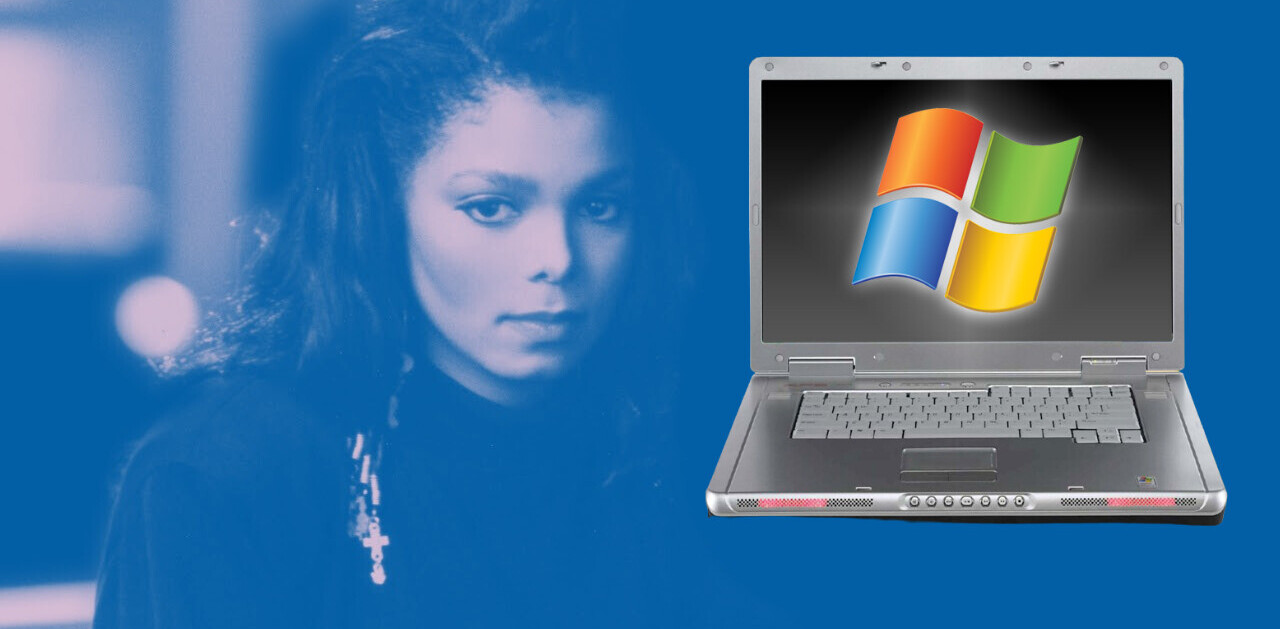
Yesterday, ASUS revealed its Padfone, a mobile phone that can ‘dock’ into a tablet device to give it a larger screen, additional battery power and I/O ports.
Though ASUS might not have got it quite right, the Padfone is a step in the right direction and shows how in future you’ll only need a single phone which will plug into various docking systems to give you the functionality required. For example, a tablet for multimedia playback and a keyboard and larger screen for when you need a netbook.
Though the specs of the ASUS Padfone haven’t been released, the phone has a 4.3″ display and the tablet which it docks into is a 10.1″ unit.
Why does this matter?
With everything moving into the cloud, why is this such a big deal? It’s possible to buy a nice smartphone now and ensure most of the data is stored in the cloud and when you need to, you can use a separate tablet device. Unfortunately, there’s a catch. That’s two devices and unless you happen to be in a WiFi area, that means two SIMs and thus two mobile contracts (or at least pay-as-you go deals). That tends to be a pain and often it’s just the phone that’s carried around.
Though most of the data can be cloud based, some will be downloaded onto the device. So, if there are multiple devices, making sure everything is kept up to date with everything else becomes an issue.
 ASUS are showing the way with a phone that turns into a tablet, a single SIM and a single data store. You carry the phone about normally, but when you need a tablet, plug the phone into the base and there you have it – the same data is still there, no downloading anything or syncing to the cloud required.
ASUS are showing the way with a phone that turns into a tablet, a single SIM and a single data store. You carry the phone about normally, but when you need a tablet, plug the phone into the base and there you have it – the same data is still there, no downloading anything or syncing to the cloud required.
Of course, having a larger unit to plug into also gives the possibility of added battery and storage, so when you’re on a long flight, your tablet has enough power for you to watch your films on a nice screen (and the films are stored locally in the tablet) while your phone is powering everything. So, that means you have all the same basic features like web browsing (all the same cookies etc), email (accounts and what messages have been read) and everything else – no syncing required.
The next stage is obviously to add a desktop unit too, with a full screen, keyboard, expanded memory/storage and connectivity. Motorola has gone some of the way already with its Altrix, which comes with a dock for a TV and one for a PC.
It’s all about the CPU
 Until recently, smartphones had little CPUs that were good enough to run the phone and do simple tasks, but were no way near the league of desktop CPUs from Intel. That’s now changed and recent ARM CPUs have grown in performance while still maintaining their low power credentials. The current generation of ARM CPUs support dual-core (i.e. two independent core processors) with hardware graphics and other features. The next generation will support 4 cores and more hardware features. A big advantage of ARM type processors is that they’re much more power efficient than their desktop equivalent and can slow things down (or shut cores off) to conserve power.
Until recently, smartphones had little CPUs that were good enough to run the phone and do simple tasks, but were no way near the league of desktop CPUs from Intel. That’s now changed and recent ARM CPUs have grown in performance while still maintaining their low power credentials. The current generation of ARM CPUs support dual-core (i.e. two independent core processors) with hardware graphics and other features. The next generation will support 4 cores and more hardware features. A big advantage of ARM type processors is that they’re much more power efficient than their desktop equivalent and can slow things down (or shut cores off) to conserve power.
This means that now these mobile processors are giving desktop processors are run for their money. Mobile CPUs like Qualcomm’s Snapdragon or NVidia’s Tegra2 run at 1.5GHz per core which is enough to support 1080p video decoding and encoding.
 Battery life isn’t brilliant when both cores are running flat-out, which is why the combined phone/tablet/desktop unit also makes sense. The right device has the right power characteristics for what it’s doing. When in phone mode it just needs to be a phone and provide simple email and social networking features, while in tablet mode it needs to do full video playback and more advanced social networking, while docked in a desktop unit it needs the features of a laptop/netbook.
Battery life isn’t brilliant when both cores are running flat-out, which is why the combined phone/tablet/desktop unit also makes sense. The right device has the right power characteristics for what it’s doing. When in phone mode it just needs to be a phone and provide simple email and social networking features, while in tablet mode it needs to do full video playback and more advanced social networking, while docked in a desktop unit it needs the features of a laptop/netbook.
There’s bound to be a plethora of new devices coming out soon that follow this model, and in a couple of years people will wonder why they ever carried around more than one phone.
Get the TNW newsletter
Get the most important tech news in your inbox each week.




